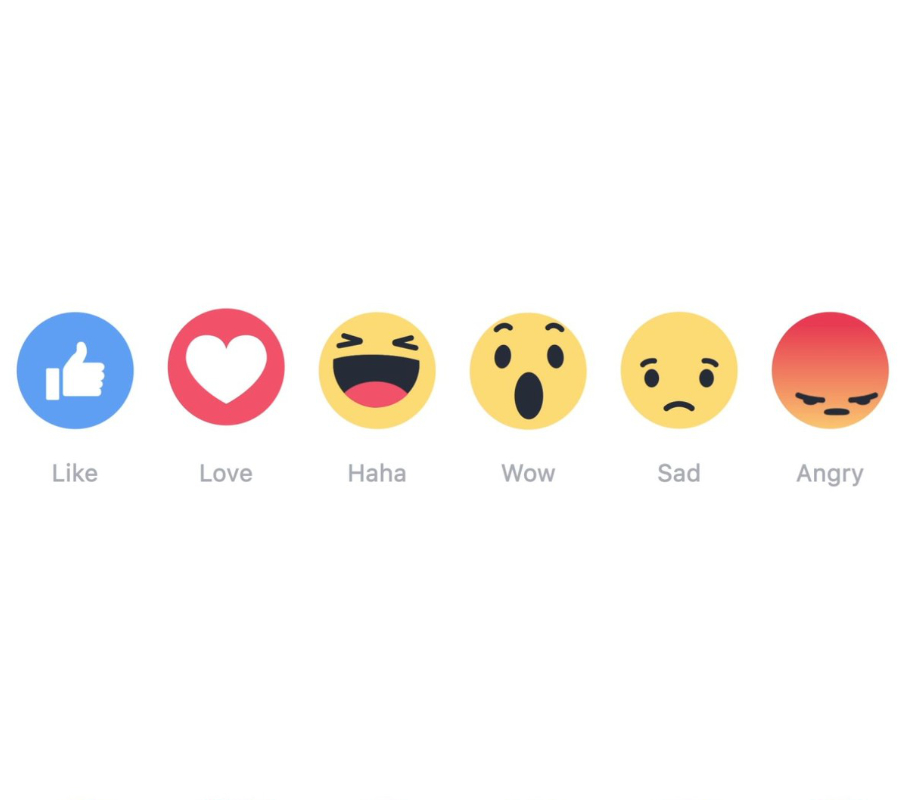Last Thursday, Facebook announced that it would implement a new feed algorithm to rid users from deceiving pages and advertising (clickbait). The company argues that many news posts withhold information until people provide their personal data.
This can be seen in posts such as “You won’t believe what police found in this woman’s trunk.” These pages tend to lure the user into enabling automatic posts on its Facebook Wall and force exposure to advertisements. The new algorithm is designed to identify the phrases and words that clickbait commonly uses to attract users. This means that media sources will have to change the way they deliver headlines to appear on the users’ News Feed.

Deceptive article headlines are a problem
Facebook places a great deal of effort into determining what the user wants to see on its News Feed. Its main focus is to promote communication and authentic stories. According to the company, genuine stories is what people are most interested in, while stories that can be deemed as misleading or deceptive often result in a loss of interest from users.
Users have let the company know that articles with titles like these are a problem:
“When She Looked Under Her Couch Cushions And Saw THIS… I Was SHOCKED!”; “He Put Garlic In His Shoes Before Going To Bed And What Happens Next Is Hard To Believe”; or “The Dog Barked At The Deliveryman And His Reaction Was Priceless,” wrote Alex Peysakhovich, Facebook Research Scientist, in a blog post.
How the algorithm works
Facebook’s original algorithm can determine how much time passes between the first click and the moment the user comes back to the News Feed. Although effective, this method has been proven to fall short, as users still send a large amount of negative feedback concerning deceptive content on their News Feed.
Now, Facebook will implement a newer algorithm capable of identifying the words that are typical for these sorts of misleading headlines. If the user clicks a link and then instantly goes back to the News Feed, then the algorithm will check the post’s title for words known to appear on clickbait articles.

The algorithm must first determine that the article is withholding information from the user because it is impossible to know what the article is about. Then, the algorithm evaluates whether the headline is exaggerated with phrases such as “You’ll never believe” or “What happened next.”
The system was compared to email spam filters, where the pages that originate the clickbait will be registered and their posts will subsequently appear lower in the user’s News Feed. The change will ensue whenever the page stops posting articles with deceptive titles.
The company assures that most pages with legitimate content should not be affected by the new measure. There is plenty of pages that intentionally withhold information to create excitement and lead users to click their posts out of sheer curiosity. Facebook has released a set of guidelines for pages to generate organic traffic without having to use clickbait.
How to make users click on your posts
Meaningful content that meets the audience’s expectations often proves to be more effective in the long term than any viral-oriented news article. Facebook recommends to include videos, interesting photos and facts on a page’s post to engage audiences effectively.
It was also determined that users usually prefer to click the link preview that appears as one pastes a link when drafting a post. This is different from putting the link on a photo’s caption. Usually when drafting a post, a preview of the page you are linking will appear, displaying more information about the shared content.

A regular Facebook News Feed receives thousands of new stories every day. Facebook tries to choose the ones that appear to be important for users. The company suggests that “friends and family come first,” as that was the social network’s original intention.
“Instead of relying on missing information to drive click-through, try using text prompts and calls-to-action in your posts to encourage engagement. Consider how accurate and informative the headline is before sharing the article to your audience so people can decide how they want to spend their time with your post.”
The other purpose of Facebook’s feed is similar to any news or media outlet. A Facebook News Feed should provide meaningful and interesting information. This includes local news, recipes, photos from an event; it all depends on what the algorithm has considered relevant for the user at hand.
Some users enjoy sharing funny videos, others prefer commenting on celebrity’s posts, and others just click “like” on their friend’s vacation photos. Facebook is oriented towards providing the best user experience, and getting rid of clickbait is a sure step in the right direction.
Source: Facebook
